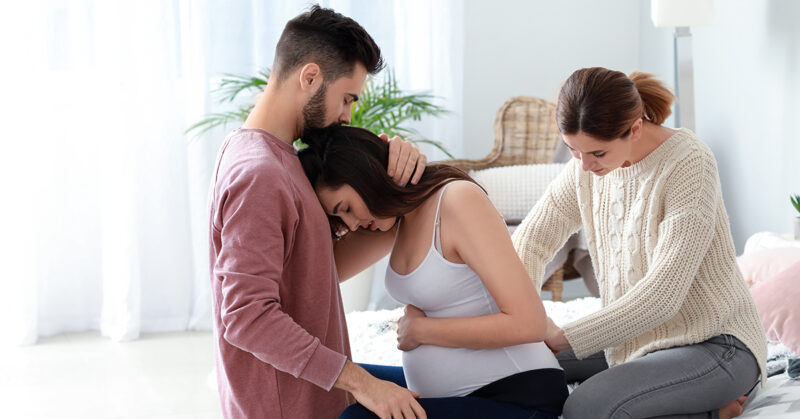
The choice of where to give birth is deeply personal and can be influenced by numerous factors including personal comfort, cultural beliefs, and medical recommendations. Among these options, home birth has been a topic of ongoing debate. Some advocate for it as a more natural and less medicalized experience, while others caution against potential risks. In this blog, we delve into the safety aspects of home births, examining the latest research, expert opinions, and factors that can influence the safety of delivering a baby at home.
Understanding Home Births:
Home births typically involve childbirth in a non-clinical setting, usually the expecting mother’s home, under the supervision of a midwife or sometimes a doctor. The idea is to provide a familiar, comfortable environment where the birthing process can unfold naturally, with minimal medical intervention.
The Safety Debate:
- Research Insights: Several studies have looked into the safety of home births. The outcomes often depend on the selection of participants, the presence of skilled birth attendants, and the availability of a contingency plan for hospital transfer if necessary. Some research suggests that for low-risk pregnancies, home births can be as safe as hospital births, with lower rates of interventions like cesarean sections. However, other studies highlight increased risks, particularly for situations that unexpectedly become high-risk.
- Risk Assessment: Key to the safety of home births is the thorough assessment of risks. High-risk pregnancies, such as those involving multiples, breech births, or pre-existing maternal health conditions, are generally advised against home births. A low-risk pregnancy, on the other hand, coupled with close proximity to a hospital and the availability of a skilled birth attendant, might make home birth a safe option for some.
- Professional Supervision: The qualifications and experience of the attending midwife or doctor play a crucial role. In many regions, midwives are highly trained professionals, often required to have formal certification and the ability to manage emergencies or recognize when hospital transfer is necessary.
- Emergency Plans: A well-outlined plan for emergency transfer to a hospital is critical for addressing complications swiftly. This includes understanding the logistics of transfer and having clear communication lines open with nearby medical facilities.
- Personal Comfort and Support: Beyond safety, the decision might also hinge on where a woman feels most comfortable and supported. Some women choose home births for the familiar environment and the presence of family, which they believe contributes to a more positive birthing experience.
Making the Decision:
Deciding on a home birth involves weighing the desire for a natural birthing experience against the safety nets provided in a hospital setting. It’s essential to have open discussions with healthcare providers, assess the risks carefully, and consider personal comfort and preferences.
The Bottom Line:
Home births, under the right circumstances and with proper preparation, can be a safe option for low-risk pregnancies. However, they’re not without risks, and the safety of both the mother and the baby should always be the priority. It’s crucial for expecting parents to make informed decisions, in consultation with healthcare professionals, to ensure the well-being of all involved.
In the end, the choice of birth setting is a deeply personal one, influenced by a variety of factors including medical, emotional, and practical considerations. Whatever the decision, the focus should always be on providing the safest, most supportive environment for the birth of a new life.

